(cont.)
SzegedTourism: "The river Tisza is the longest river in Hungary, it has its source in the Eastern Carpathians and it meets the Danube flowing through Serbia. The regulation of rivers was the biggest undertaking in the 19th century. It started in the 1840s on István Széchenyi’s initiative following the plans of Pál Vásárhelyi, a water-engineer. The river became navigable, its dried flooding territory was transformed into agricultural areas. Besides advantages there appeared disadvantages, as well. The water of a river flows at a greater speed in a straight bed, so floods are more frequent. The biggest tragedy in the history of Szeged is the Great Flood in 1879. It almost completely destroyed the medieval city. The actual structure of the town with boulevards and avenues is a result of the reconstruction following the flood."
"Only around 260 remained of the approximately 6000 houses."
--
We stumbled across a WWI memorial in Szeged in search of lunch one day. Having read more about it after the fact, we went back for a more detailed look.
Called the Heroes Gate, the memorial comprises three aspects:
1.The physical gate itself, actually an arched bridge / building linking two structures either side a road.
2.Two sculptures of soldiers, one representing those who died, one those who survived.
3.Some really interesting murals on the arches of the bridge.
"The gate of the Hösök in Szeged preserves the memory of twelve thousand dead from the First World War... About 300m of frescoes are hidden under the arches of the building, which were created in 1937 by Vilmos Aba-Novák, one of the most important painters of the era.
After the war, the frescoes were plastered over in 1948 and the monument was stripped of its designs and inscriptions. In 1992, the General Assembly of the City of Szeged County created a foundation plan to uncover the fresco. The restoration was carried out by 23 restoration artists under the leadership of Kornélia Forrai between 1995 and 2001, which cost more than HUF 60 million.
The heart-wrenching tragic themes of the frescoes, the picturesque visions painted on the arches as the vault of a huge open-air church are eternal reminders of the sufferings of war throughout the history of humanity. The renewed World War I memorial of the city of Szeged was reopened on November 1, 2001."
--
The New Synagogue in Szeged was built between 1900 and 1902... and is the second largest synagogue in Hungary and the fourth largest in Europe. It is an architecturally eclectic building...
--
I confess it never really occurred to me that we would be denied entry to Romania, but Plan B it is!
The consul was back from leave today, but told us we should have applied for our visa in South Africa / we should have arranged for an invitation from a friend or travel agent / that even if we could secure an invitation today*, he has 15 visa applications on his system and is off to Romania for several weeks next week to attend a conference of ambassadors and therefore has no time to process our application / ie we should have applied earlier at home.
*Securing an invitation requires the travel agent to jump through several bureaucratic hoops and that the application be approved by the "Inspectorate General for Immigration - Ministry of Internal Affairs", a process that takes 45 days.
It makes no sense to me to turn away tourists, but so it is.
--
Although several sources confirm that South Africans do not require a visa for Kosovo, we would like to try and confirm this tomorrow before heading into Serbia. We will have to cycle around 450km in the eight days remaining on our Schengen visa to reach Kosovo…
--
Back on the bikes tomorrow...
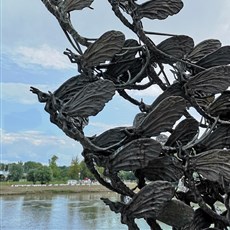
Tisza River, Szeged

Heroes Gate, Szeged
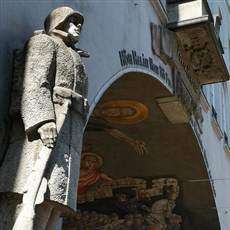
Heroes Gate, Szeged
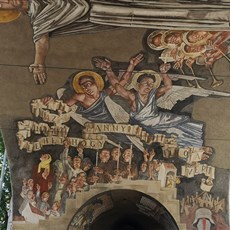
Heroes Gate, Szeged
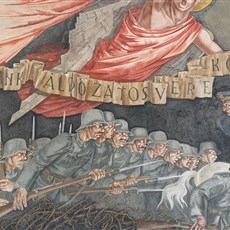
Heroes Gate, Szeged

Heroes Gate, Szeged
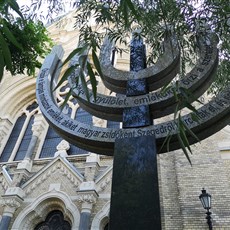
New Synagogue, Szeged
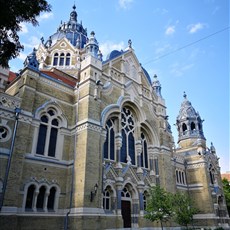
New Synagogue, Szeged
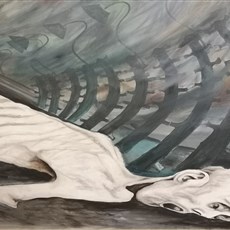
New Synagogue, Szeged
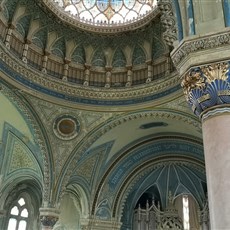
New Synagogue, Szeged
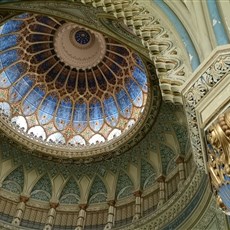
New Synagogue, Szeged